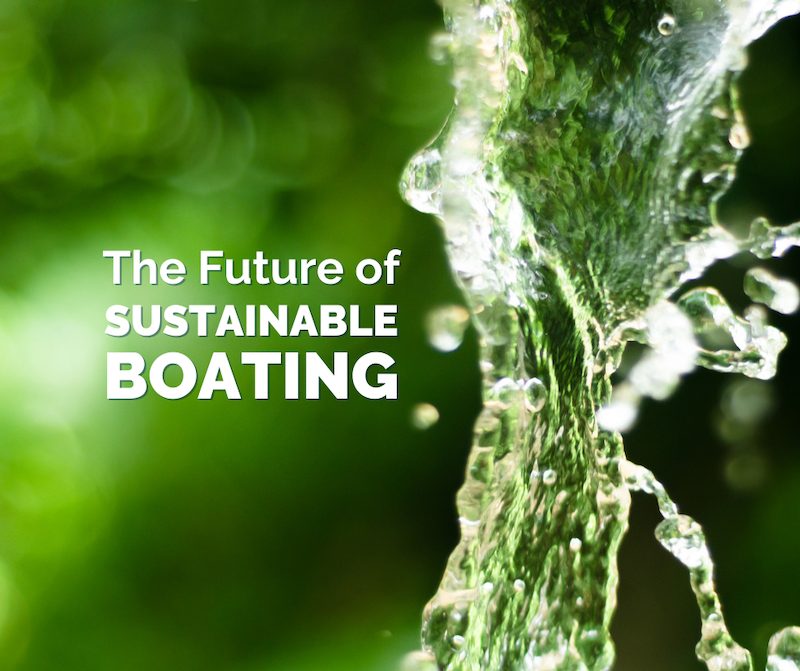
In order to enjoy the blue waters of Canada, we as boaters need to think green. As an individual mariner, you may already be recycling where you can, choosing eco-friendly products, and avoiding marine waste. But what is the industry doing, as a whole, to ensure the future of boating is sustainable?
We at C-Tow certainly care a lot about the environment around us, especially our waters. That’s why we’ve put together a look at some of the most interesting, innovative ideas for sustainable boating, which may not be happening on a small scale yet but may eventually trickle down to individual pleasure craft operators.
Check it out, and think green!
Hydrogen Powered Boats
Some people and organizations within the maritime sector are looking at hydrogen as an alternative fuel for ships to reduce emissions. Any ship powered by hydrogen would need an electric propulsion system, hydrogen storage tanks, and compatible piping systems. A Scottish shipyard, Ferguson marine, is leading HySeas III, a European consortium, in a bid for European Union funding to develop the world’s first hydrogen-fuelled commercial ROPAXferry.
“The major concern regarding hydrogen run ships is their economic viability,” explains the article. “With the research and developments in the production of hydrogen, the costs can become considerably low in the future. However, there may be a long way till they become equivalent toor cheaper than gasoline or HFO.
The SolarImpact Yacht
The SolarImpact Yacht is a great example of innovative thinking. While a conventional yacht operates with a diesel or gas engine and a few generators, the SolarImpact yacht uses solar energy, turned into electricity, to power lights, heating, propulsion, and even the galley. The vision is a purely regenerative, ocean-going yacht, with no corners cut on luxury.
The entire yacht is covered in 300 square meters of solar panels, with 10 hours of cruising capability from an 800-kWh battery which can be topped up with solar power thanks to the ability to generate 320 kWh a day.
Retrofitting High-Volume Vessels
The Green Ship of the Future project is looking at how much energy consumption and CO2 emission can be reduced through retrofitting older boats. They looked at three high volume vessels, Hafnia Lise, Victoria Seaways, and Maersk Tianjin, identifying areas for potential energy optimization and if retrofitting could deliver a full return on investment within three years.
Each vessel was analyzed and found to have potential for retrofits, in areas like boiler systems, conversion to LED lighting, wind propulsion, and low leakage valves. Ultimately, the partner found a combined potential saving of between 11.1 and 27.1 per cent with a return on investment of less than three years, equalling, in the best case, the total CO2 emissions of more than 1500 people every year.
As Green Ship explains, “It is evident that implementation of a [greenhouse gas[ neutral fuel is necessary, from both an environmental, climate and compliance perspective, but it is also evident that it will be years before we can rely purely on sustainable sources of energy. Therefore, we must constantly seek innovations in existing assets and ensure optimal energy efficiency, to keep the negative impact on environment as low as possible and reduce the overall energy cost.”
